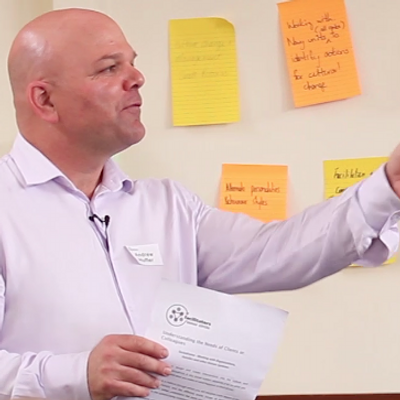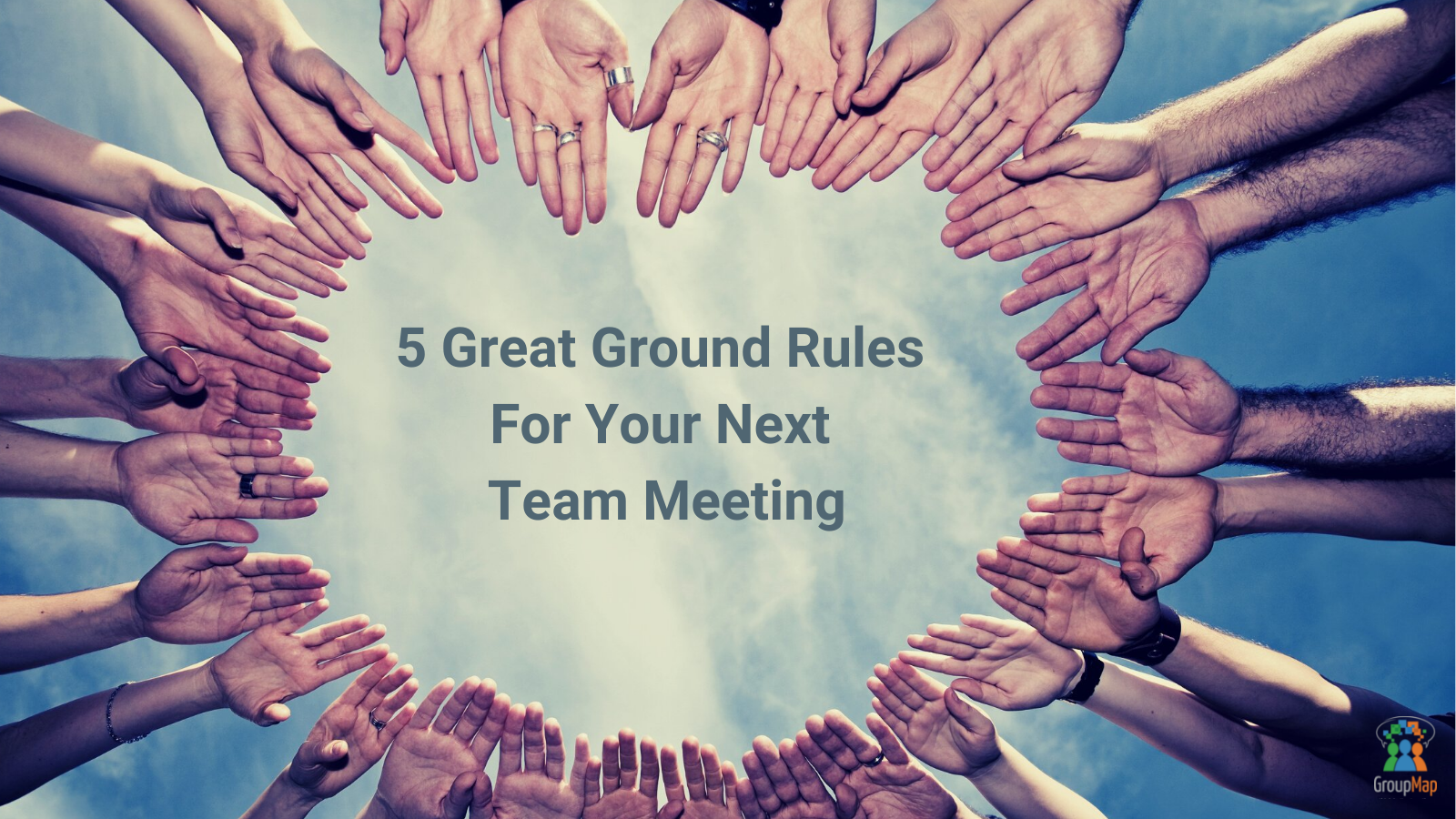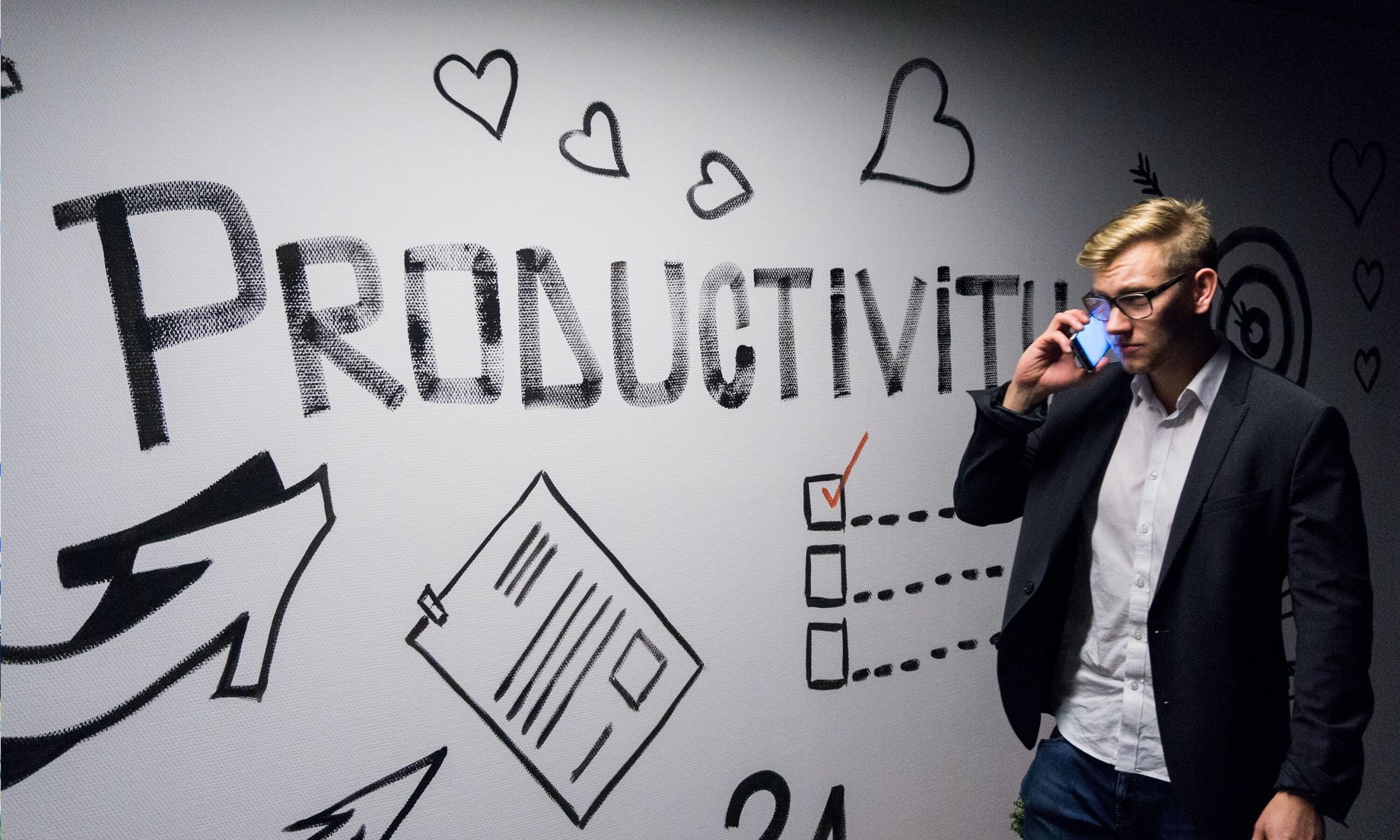Andrew Huffer runs facilitation, community engagement, team development, and training consultancy that supports government, business, and community organisations to do their best work.
Group Map Case Study – Andrew Huffer
Who is Andrew Huffer?
Andrew Huffer runs facilitation, community engagement, team development, and training consultancy that supports government, business, and community organisations to do their best work. His work takes him from Broome to Launceston; Perth to Port Moresby, Albany to Auckland. Wherever you are, he and his team can be on your patch, working with you to get the results you need, when you need them most. Andrew Huffer is the proud recipient of the 2015 Australian IAF Global Facilitation Impact Award.
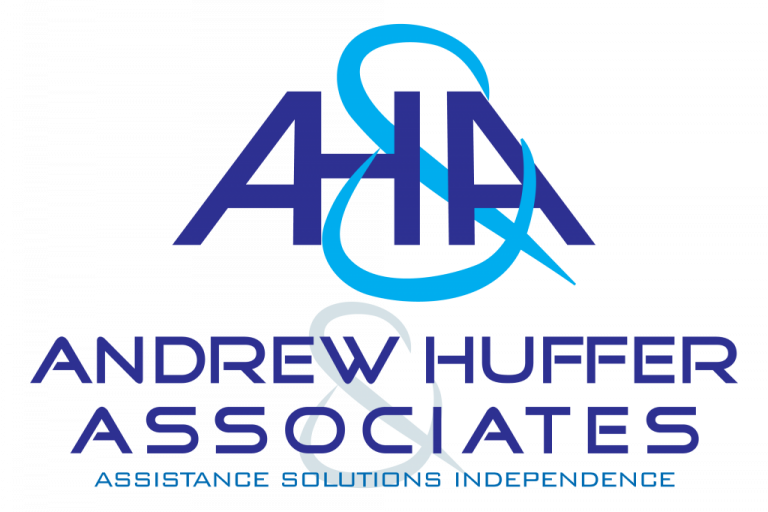
1. What was the event, meeting or objective you were using GroupMap to resolve?
The Australian Dairy Leaders Alumni Forum
2. What were the details of the event in terms of size, name, and location? Is there a link we can refer to?
A national gathering of over 50 leaders from across the Australian dairy industry, held in Melbourne in December 2015. The summit enabled participants to identify how they would invest in their community, their industry, and importantly – themselves. Involved facilitation of interactive, speaker, panel, and workshop sessions and a program debrief with the planning team.
3. What was the main challenge you wanted to resolve?
Sharing multiple views and solutions across a range of topics with over 50 participants in less than 90 minutes.
4. In what way/s did you use GroupMap?
Participants chose one of four topics to work on within a break-out group. Each group identified three BIG ideas to develop to provide leadership to their community or industry in relation to the topic.
5. What was the response from the audience?
Very positive, especially in the reporting back session.
6. What outcomes/output did you achieve from using GroupMap?
GroupMap allowed more time for discussion of the topic as the reporting back time was much more streamlined. The information recorded was exported straight into the workshop report that the client had delivered to them within 24 hours.
7. Is there anything else you want to say to people considering using GroupMap for themselves?
If you’re using GroupMap, you still need to plan sound, simple, and logical facilitation processes. With reasonable planning (and a decent wifi connection) it will give you loads of flexibility in capturing and sharing individual and group ideas.
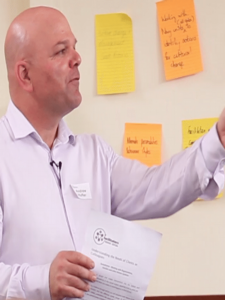
It’s a great alternative to the omnipresent flipchart paper that can often bring groans of ‘you’re making us work’ when they’re rolled out in a workshop.
ANDREW HUFFER | Andrew Huffer and Associates
